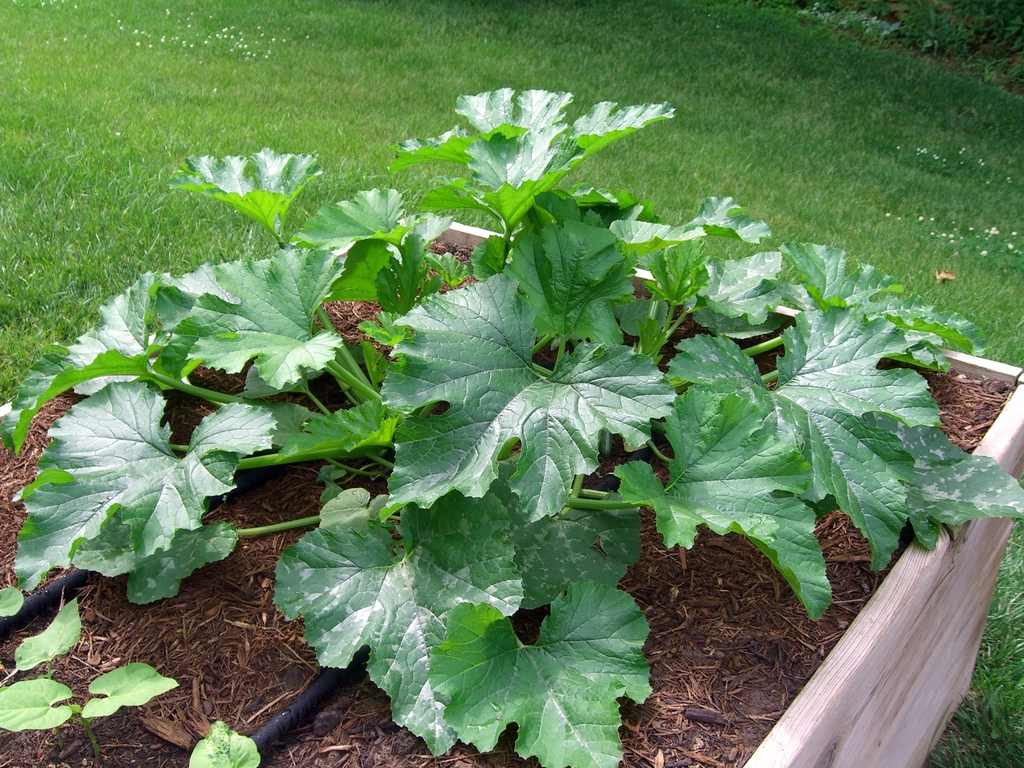 Zucchini is not a moody crop. They are unpretentious, do not require a lot of attention and complex agricultural techniques. However, the cultivation of this vegetable sometimes causes difficulties. One of these problems is poor fruiting.
Zucchini is not a moody crop. They are unpretentious, do not require a lot of attention and complex agricultural techniques. However, the cultivation of this vegetable sometimes causes difficulties. One of these problems is poor fruiting.
Content
Reasons Why Zucchini Fruits Badly
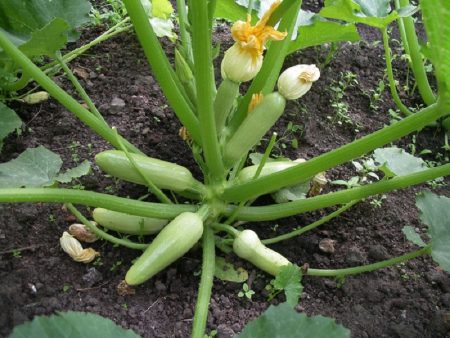 Poor zucchini growth and lack of ovaries can be caused by various reasons. A feature of zucchini is that the first on the plant appear male flowers that do not give fruit. And only after a while there are women who are responsible for the abundance of the crop. Therefore, not finding ovaries, do not immediately rush to conclusions, but you need to wait a bit. If, however, the ovaries do not form, it is necessary to identify the cause of this problem so that in the future this situation does not happen again.
Poor zucchini growth and lack of ovaries can be caused by various reasons. A feature of zucchini is that the first on the plant appear male flowers that do not give fruit. And only after a while there are women who are responsible for the abundance of the crop. Therefore, not finding ovaries, do not immediately rush to conclusions, but you need to wait a bit. If, however, the ovaries do not form, it is necessary to identify the cause of this problem so that in the future this situation does not happen again.
Poor planting material
Poor quality seeds are not only poor germination, but also the risk of being left without a crop. You should go to a specialty store for a purchase. It is important to check the expiration date, expired seeds can sprout, but they will not tie fruit. You need to choose zucchini from varieties that are recommended for a particular region.
Inclement weather
Lowering the temperature negatively affects the fruiting of zucchini. The development of the plant stops, and it cannot fully form the ovary. Therefore, with an unfavorable prognosis, greenhouse arcs should be established and plants should be covered.
Elevated temperatures are no less dangerous, they make pollen sterile, that is, not capable of pollination. In this case, the plants can be helped by the following actions:
- need to increase the volume and frequency of watering;
- for the duration of the sweltering heat, stop feeding;
- hide bushes from direct sunlight. Shading can be created by pulling a grid over the plants or covering them in the hottest hours with newspapers. If zucchini has not grown much, mesh plastic boxes will be suitable for this purpose.
To save zucchini from the night cold, put dark plastic water bottles on the beds. During the day, the water will heat up, and at night it will gradually give off heat.
Excess Nitrogen Fertilizer
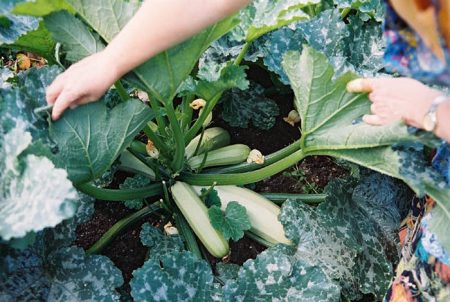 Excessive introduction of nitrogen into the soil during planting or as top dressing can lead to fatliquoring of the crop. Such a reaction is caused by the introduction of fresh or poorly rotted manure, as well as exceeding the permissible dosages and the frequency of feeding. As a result, all the zucchini energy is spent on building up a powerful green mass, and there is already not enough energy for flowering and the formation of ovaries. There are several ways to fix this.
Excessive introduction of nitrogen into the soil during planting or as top dressing can lead to fatliquoring of the crop. Such a reaction is caused by the introduction of fresh or poorly rotted manure, as well as exceeding the permissible dosages and the frequency of feeding. As a result, all the zucchini energy is spent on building up a powerful green mass, and there is already not enough energy for flowering and the formation of ovaries. There are several ways to fix this.
Watering reduction
If signs of fatliquoring are found, then the first aid for plants will be to reduce the number of irrigations to once a week. This is a temporary measure, and as soon as the plant begins to recover, one should return to the usual mode, depending on weather conditions.
Removing a portion of leaves or bushes
With excess green mass, all too large leaves must be removed. This will save the energy of the plant and ensure the penetration of sunlight into the middle of the bush, which will provoke the formation of ovaries.
The cause of poor fruiting may be a thickened planting of zucchini. As a result, plants lack light and nutrients.In this case, without regret, part of the bushes should be removed.
Experienced vegetable growers recommend occasionally spreading leaves of zucchini, this will provide good air exchange and insects access to flowers.
The application of phosphorus-potassium fertilizers
To quickly neutralize the action of nitrogen and restore the balance of nutrients, phosphorus-potassium fertilizers are introduced into the soil. Feeding options:
- foliar top dressing with a solution of superphosphate
Dilute one tablespoon of superphosphate in one liter of water. After dissolution, dilute the concentrate in 10 liters of water and use for spraying.
- root top dressing with ash
Sprinkle wood ash on the ground under tomato bushes, followed by loosening and watering. Consumption - 300 grams per square meter.
The introduction of phosphorus and potassium will restrain plant growth and stimulate the formation of ovaries.
Pollination difficulties
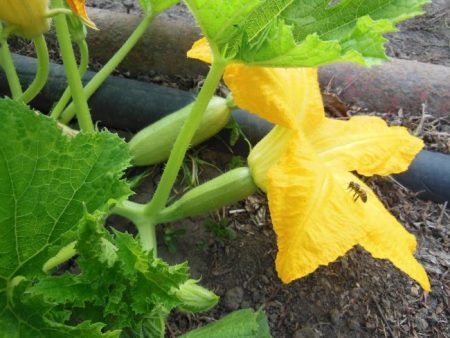 If you prefer hybrid varieties, then there is no problem with pollination, since the plants form mainly female flowers. When growing varietal zucchini and a small number of ovaries, plants need help in pollination. There are two ways to do this.
If you prefer hybrid varieties, then there is no problem with pollination, since the plants form mainly female flowers. When growing varietal zucchini and a small number of ovaries, plants need help in pollination. There are two ways to do this.
Attraction of pollinator insects
To attract bees and bumblebees to the flowers, they use honey water for spraying. Dissolve one tablespoon of honey in a glass of warm water and spray zucchini. Carry out the procedure in the morning, when pollinating insects are most active.
Manual pollination
Bad weather and the use of chemicals in the area can lead to low insect activity. In this case, it is necessary to resort to self-pollination. To do this, pluck male flowers and shake off pollen from them on women. You can transfer pollen with a small brush. The procedure should be carried out in the morning until noon, it is at this time that the flowers are well open and ready for pollination.
Spraying zucchini with boric acid prevents pollen from sticking even in wet weather.
Wrong landing place
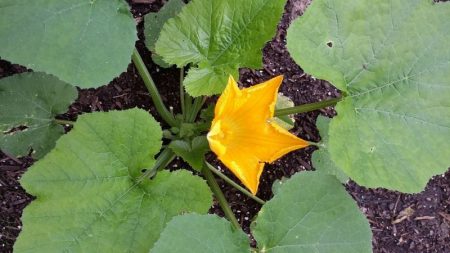 Zucchini is a culture with a fragile root system that does not tolerate transplants. Therefore, the choice of location of the vegetable garden should be approached with all responsibility. It must meet certain requirements:
Zucchini is a culture with a fragile root system that does not tolerate transplants. Therefore, the choice of location of the vegetable garden should be approached with all responsibility. It must meet certain requirements:
- good light
If the squash is in the shade, you can correct the situation using a sheet of foil. It must be placed next to the plant on the north side. The foil will reflect the sun's rays.
- soil should be neutral acidity
To reduce acidity without harm to zucchini, you can use baking soda. This is the only soil deoxidation product that can be used during plant growth, rather than in advance. Soda can be applied in dry form (80-100 grams per 1 m2) or in diluted water (25-30 ml per 1 liter of water).
- the place should be dry and not prone to stagnant water
In cold and damp lowlands, zucchini will not bear much fruit. Therefore, in such areas, plants should be planted in bulk high beds with good drainage. If zucchini has already been planted, then it is necessary to drain excess water through the open drainage grooves.
Squash Disease
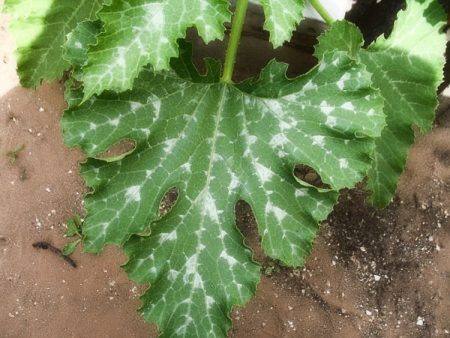 Fungal and viral diseases can lead to a weak formation of ovaries or their complete absence. Common and dangerous ailments characteristic of culture:
Fungal and viral diseases can lead to a weak formation of ovaries or their complete absence. Common and dangerous ailments characteristic of culture:
- powdery mildew;
- white rot;
- spotty mosaic.
For the prevention and control of diseases, resort to alternative methods. Chemicals should be avoided so that the crop is environmentally friendly. Effective, according to vegetable growers, are treated with sour milk or whey, as well as solutions based on baking soda. A few common recipes:
- Dilute 1 liter of whey in 10 liters of water. Abundantly water bushes from a watering can with a shower head;
- 3 liters of water to make laundry soap - 1/2 part of the bar, soda - 1/4 part of the package. Stir the components thoroughly and spray the bushes.
Spraying is carried out abundantly in the morning or evening hours on a dry day. The processing frequency is once every five days.
Prevention
Useful tips will help to avoid bad fruiting of zucchini:
- Buy seeds from proven and reliable agricultural companies, it is better if they are self-pollinated varieties.
- Do not collect seeds for breeding and future planting from hybrids, that is, from seeds marked F1.
- Seeds collected on their own, use for planting only in the second or third year of planting. Seeds of a year ago will not bear fruit.
- Follow crop rotation rules and choose the right landing site and compatible neighbors.
- Follow the planting pattern recommended by the originator.
- Strictly observe the norms and terms of fertilizer application. Stick to the middle ground, take into account the condition of the soil and the need of plants for a particular development period.
- Do not fill the squash. Regulate the watering mode according to weather conditions. With enough rainfall, reduce watering or stop completely.
- Collect fruits in a timely manner.
Observing the simple rules of planting and caring for zucchini, you will never encounter such a problem as poor fruiting. Zucchini is a responsive culture, therefore, having received a little attention and care, it will provide you with rich harvests of vegetables until late autumn.

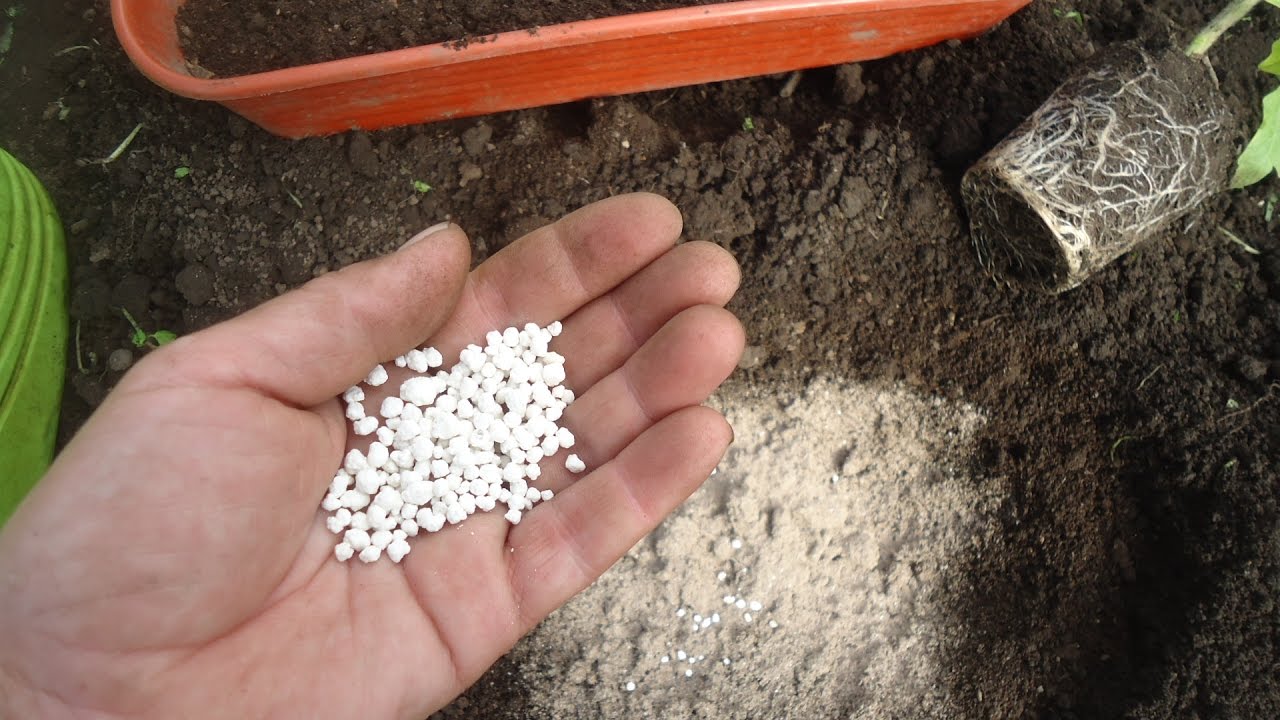
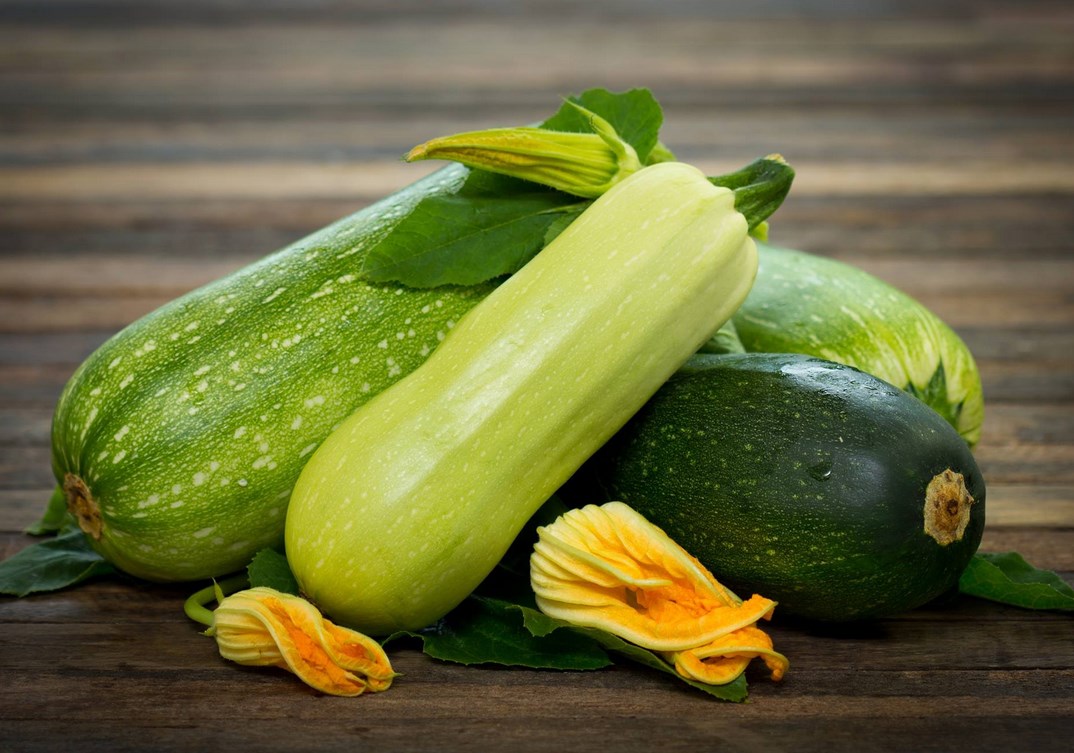
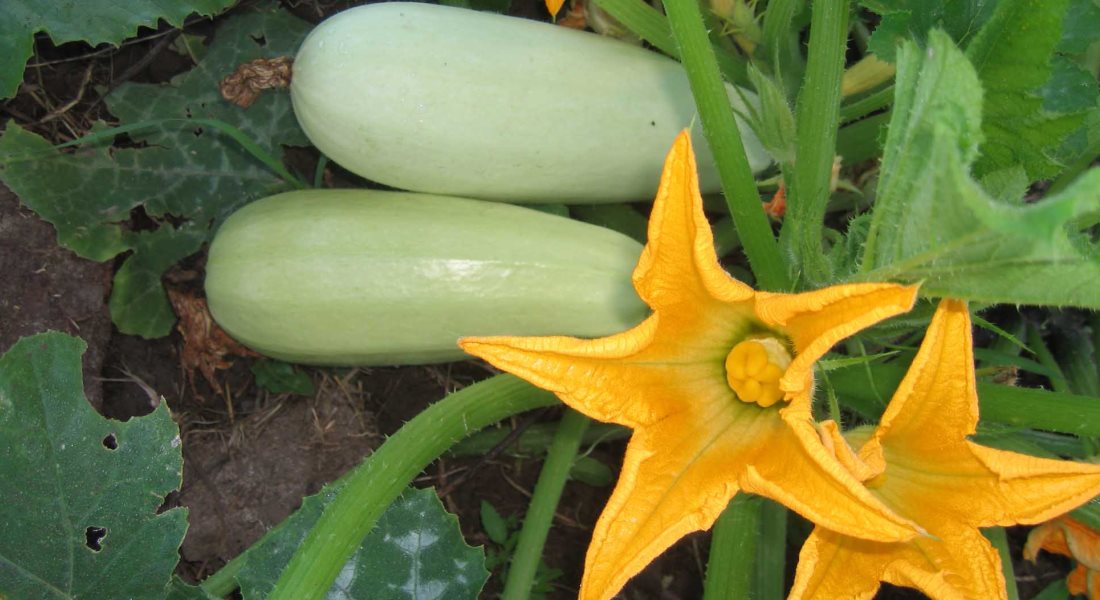
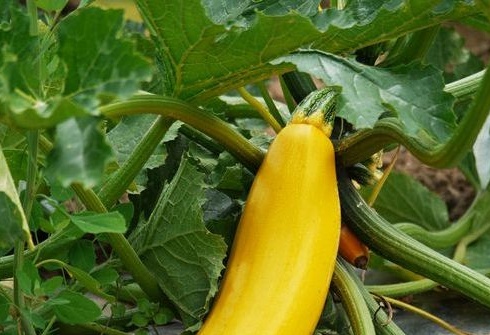 Favorable days for planting zucchini in 2024
Favorable days for planting zucchini in 2024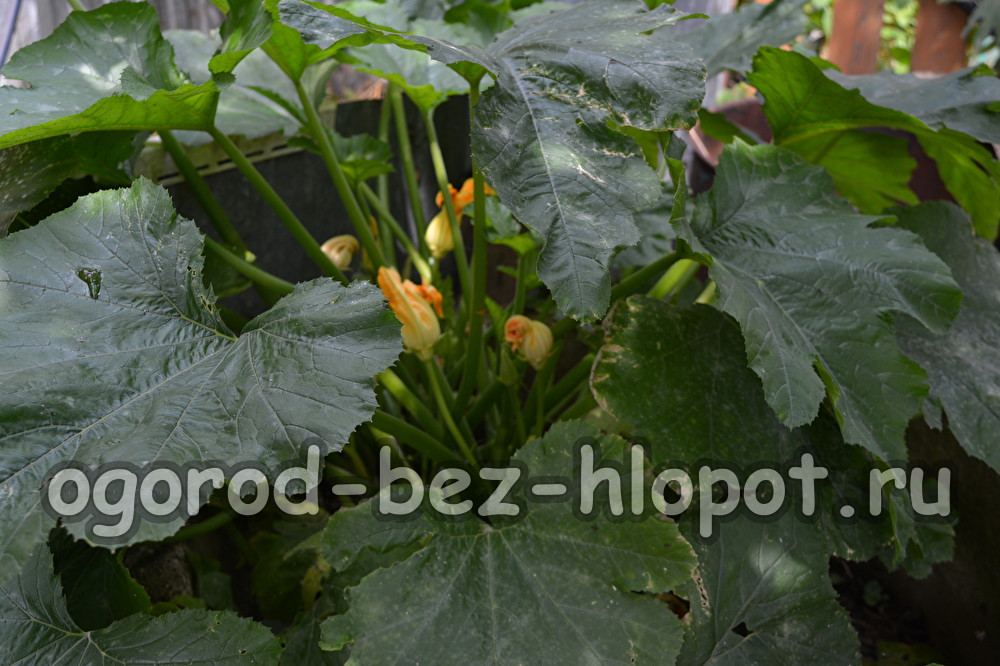 What are the courgettes grown on a warm bed
What are the courgettes grown on a warm bed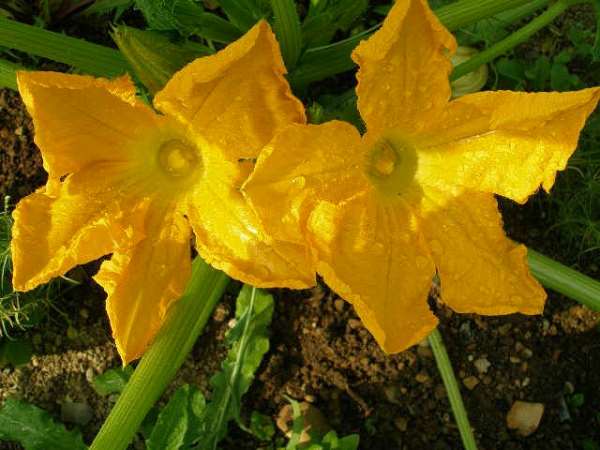 Zucchini only has male flowers, why? What to do
Zucchini only has male flowers, why? What to do